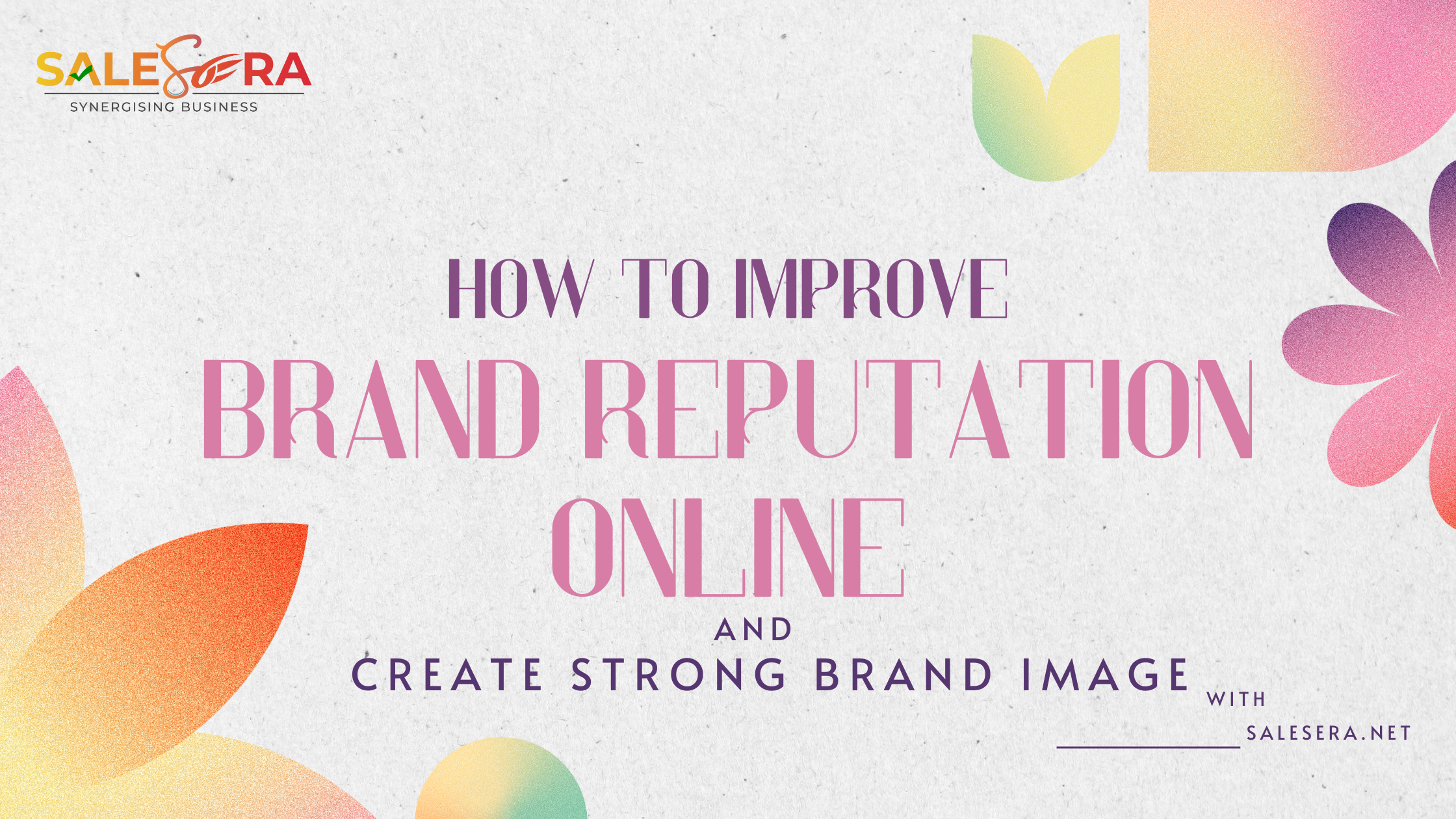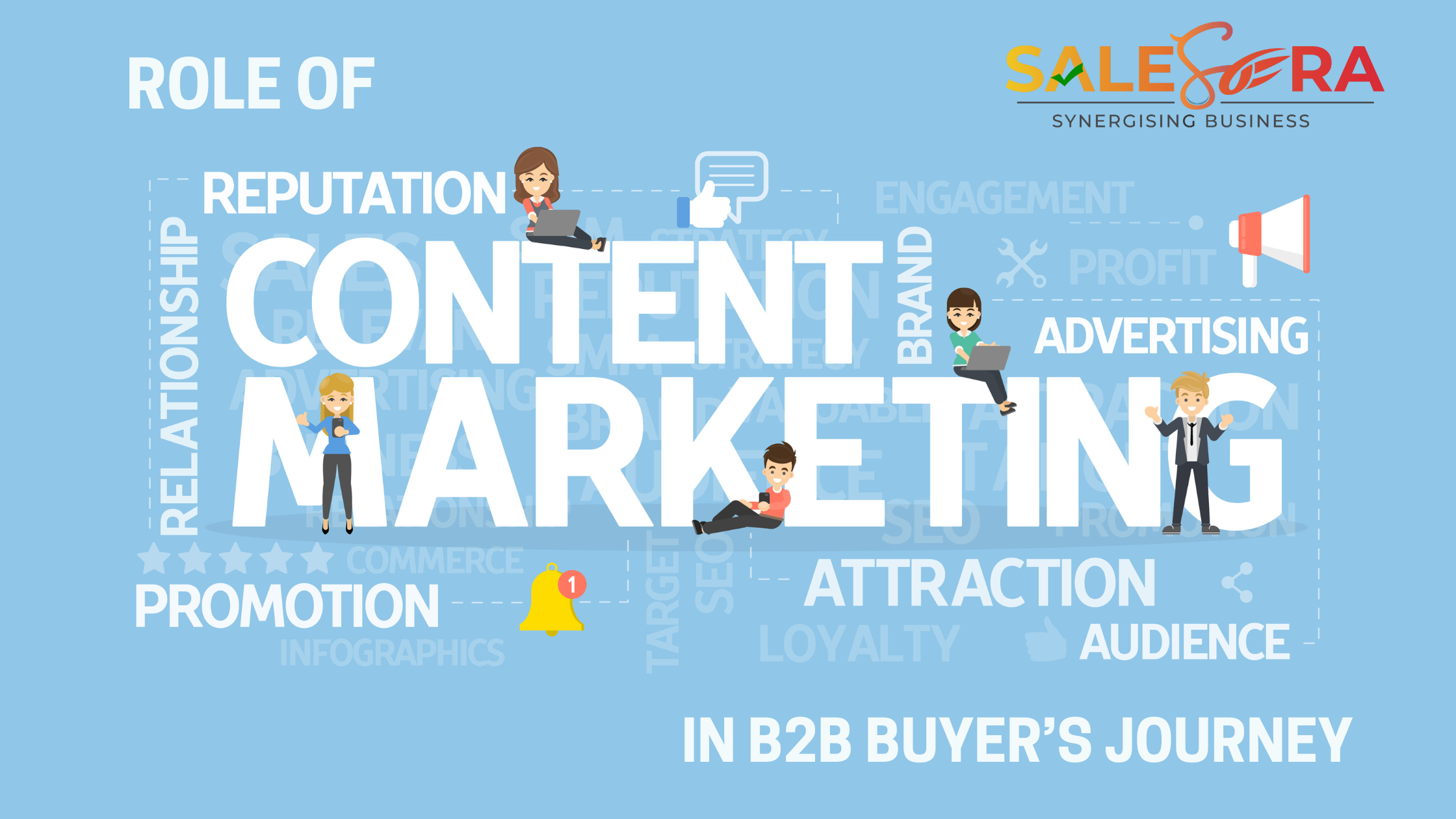Article & News
Category: SMM
In today’s fast-paced digital landscape, marketing automation has become an essential tool for businesses looking to streamline their marketing efforts, save time, and enhance customer
Influencer marketing is a powerful tool to help brands reach a wider audience, build trust and credibility, and drive sales. Collaborating with influencers can provide
In today’s fast-paced digital world, influencer marketing has emerged as a powerful strategy for brands to connect with their target audiences. As the digital landscape
In the ever-evolving landscape of e-commerce, driving traffic and sales to your online store is a paramount objective. While various strategies exist, harnessing the power
In an age where instant gratification and personalized experiences are the norm, businesses are constantly seeking innovative ways to engage with their customers. The advent
The Rise of Short-Form Videos: Before delving into the differences, let’s first understand what short-form videos are and why they have become so popular. What
In the ever-evolving world of business-to-business (B2B) marketing, staying ahead of the curve is crucial for success. One strategy that has gained significant traction in
In the fast-paced world of digital marketing, it’s crucial to have a solid strategy for promoting your business on social media platforms. Two primary avenues



